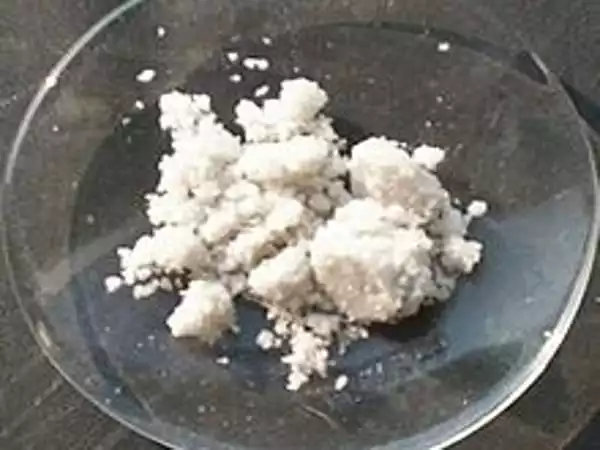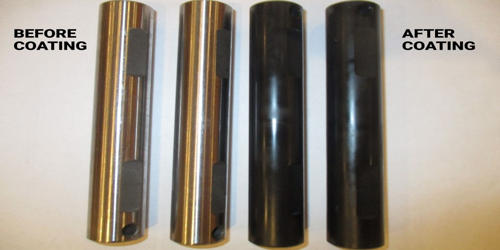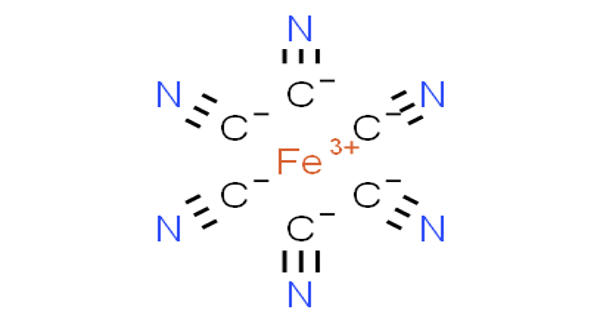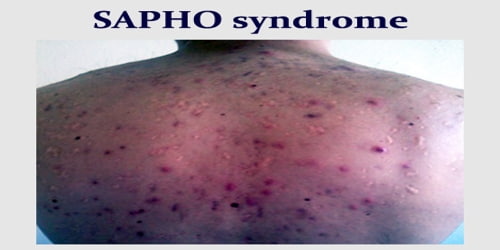Antimony trifluoride is an inorganic chemical with the formula SbF3. Swarts’ reagent is one of two major antimony fluorides, the other being SbF5. It appears as a white solid. In addition to various industrial applications, it is utilized as a reagent in inorganic and organofluorine chemistry.
It is utilized as a reagent in inorganic and organofluorine chemistry. It is a fluorination reagent and an electroplating agent. It is also employed in the production of dye, pottery, porcelains, ceramic enamels, and glazes. It is used in the manufacture of Freon.
Properties
Antimony trifluoride is a white to gray crystalline solid, which is sometimes shipped as an aqueous solution. It is corrosive to tissue. It is used in ceramics and to make other chemicals.
- Chemical formula: SbF3
- Molar mass: 178.76 g/mol
- Appearance: light gray to white crystals
- Odor: pungent
- Density: 4.379 g/cm3
- Melting point: 292 °C (558 °F; 565 K)
- Boiling point: 376 °C (709 °F; 649 K)
- Solubility in water: 385 g/100 mL (0 °C); 443 g/100 mL (20 °C); 562 g/100 mL (30 °C)
- Solubility: Soluble in methanol, acetone, insoluble in ammonia

Preparation
It is made by combining antimony trioxide and hydrogen fluoride. In organic chemistry, it is utilized as a fluorination reagent. It is used in the dyeing and ceramics industries to create ceramic enamels and glazes. It is an inorganic chemical that, when combined with water, can form toxic and caustic hydrogen fluoride.
The Sb centres in solid SbF3 have octahedral molecular geometry and are joined by bridging fluoride ligands. Three Sb–F bonds are short (192 pm), whereas three are long (192 pm) (261 pm). SbF3 is significantly less volatile than similar substances AsF3 and SbCl3 because it is a polymer.
SbF3 is prepared by treating antimony trioxide with hydrogen fluoride:
Sb2O3 + 6 HF → 2 SbF3 + 3 H2O
The compound is a mild Lewis acid, hydrolyzing slowly in water. With fluorine, it is oxidized to give antimony pentafluoride.
SbF3 + F2 → SbF5
Applications
In organic chemistry, it is utilized as a fluorination reagent. This application was first documented in 1892 by Belgian scientist Frédéric Jean Edmond Swarts, who demonstrated its utility in converting chloride compounds to fluorides. Antimony trifluoride was treated with chlorine or antimony pentachloride to produce the active species antimony trifluorodichloride (SbCl2F3).
This chemical can also be manufactured in large quantities. The Swarts reaction is often used to synthesize organofluorine compounds, however, investigations using silanes have been conducted. It was originally employed in the industrial manufacture of freon. In conjunction with hydrogen fluoride, other fluorine-containing Lewis acids act as fluorinating agents.
SbF3 is used in dyeing and in pottery, to make ceramic enamels and glazes.
Safety
The lethal minimum dose (guinea pig, oral) is 100 mg/kg. It is toxic if ingested, inhaled, or absorbed through the skin. It causes severe skin and eye burns. It is extremely destructive to the tissue of the mucous membranes and upper respiratory tract.
















